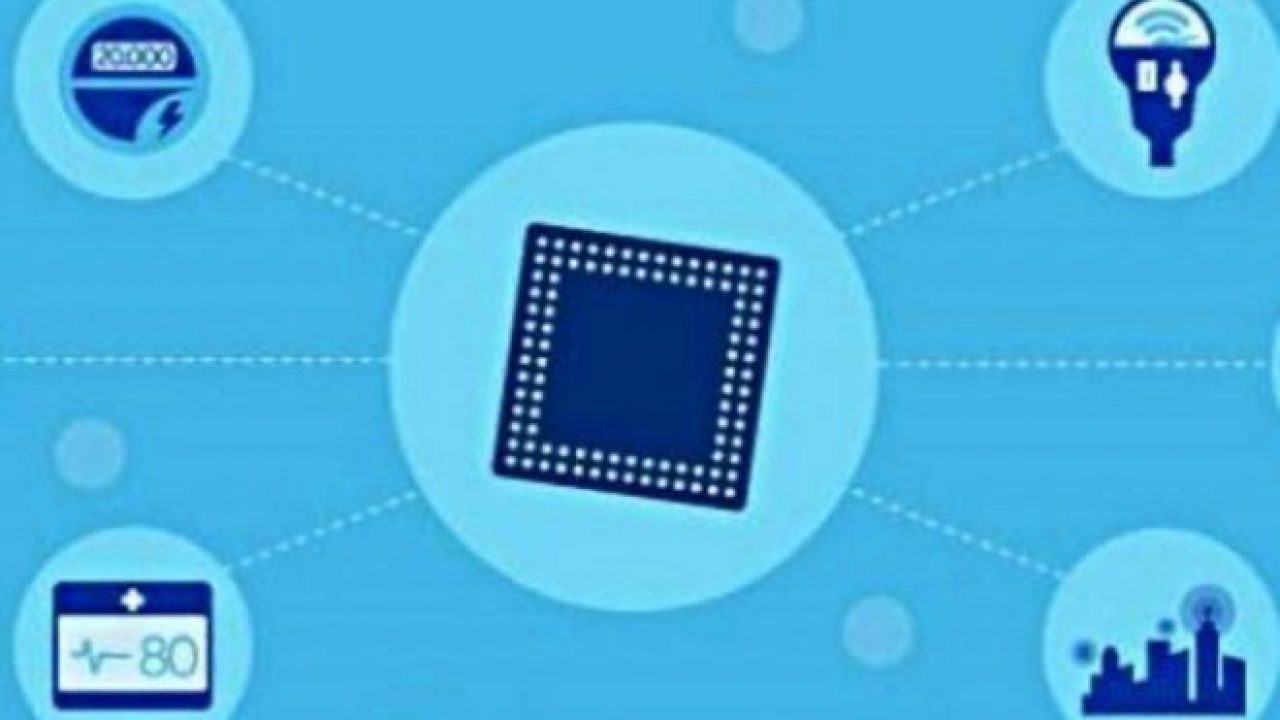LTE modems offer low power consumption, longer range support
Article By : Qualcomm

The chipset supports scalable software reuse to reduce design complexity, ease development costs and enable faster time to commercialisation.
Qualcomm Technologies has secured more than 100 design wins across more than 60 original equipment manufacturers (OEMs) and module OEMs based on its MDM9x07 chipset family comprised of the Qualcomm Snapdragon X5 LTE (9×07) modem and MDM9207-1 modem for the Internet of Things (IoT).
The flexible chipset family offers security-focused and optimised cellular connectivity, as well as edge processing for a large array of devices and systems within the IoT. These modems are designed to address customer connectivity and power challenges in a wide range of use cases including in smart cities, commercial applications and industrial designs. These uses include smart energy and metering, building security, infrastructure, industrial control and automation, retail point of sale, asset tracking, medical, lighting and aftermarket telematics.
The Snapdragon X5 LTE modem (9×07) with All Mode capability supports LTE Category 4 download speeds up to 150Mbps. The MDM9207-1 modem offers LTE Category 1 support for up to 10Mbps on the downlink, power save mode (PSM) and up to 10 years of battery life from two AA batteries. These modems are designed to be compatible with major cellular standards across the globe, and include Linux OS support, ARM Cortex A7 processor, pre-integrated support for Qualcomm VIVE 802.11ac Wi-Fi with MU-MIMO technology, Bluetooth 4.2, Bluetooth Low Energy, and integrated GNSS. Engineered to offer design simplicity, this chipset supports scalable software reuse across the chipset platform to reduce design complexity, ease development costs and enable faster time to commercialisation.
"Our LTE modems for IoT allow us to bring customers the power and flexibility of the same modem core technology already launched in hundreds of millions of devices globally so that they can address a broad range of commercial and industrial applications where wide area cellular connectivity adds a tremendous benefit,” said Serge Willenegger, senior vice president, product management of Qualcomm Technologies, Inc.
"Telit has leveraged the power and flexibility of the Qualcomm MDM9x07 chipset and its variants across broad IoT markets. We have been able to address MNO requirements quickly and across many geographies with products ranging from LTE Cat 1 to Cat 4 today, with a path to 3GPP Rel13 MTC technologies like LTE Cat M1 and LTE Cat NB-1 for the future, both in single-mode and multimode variants,” said Ronen Ben-Hamou, EVP of products and solutions, Telit.
Qualcomm Technologies is also continuing to expand the capabilities of LTE to accelerate progress in IoT, including driving the new LTE IoT technologies with Release 13 of the 3GPP standard towards commercialisation, as well as the evolution of the cellular ecosystem towards 5G which will bring even more opportunities for the IoT. The MDM9206 modem, featuring a purpose-built IoT design and offering even lower power consumption and longer range supports LTE eMTC (Category M1) and NB-IoT (Category NB-1) modes.
Commercial IoT devices based on the Snapdragon X5 (9×07) and MDM9207-1 LTE modems are available today with others expected to continue shipping. Module OEMs are expected to launch MDM9206-based Cat M1 capable modules in early 2017. A software upgrade for Cat NB-1 is expected to be available shortly thereafter.
Subscribe to Newsletter
Test Qr code text s ss


